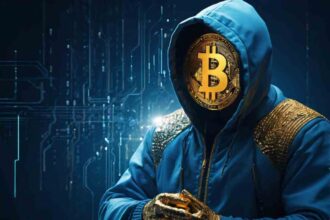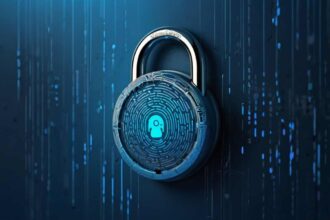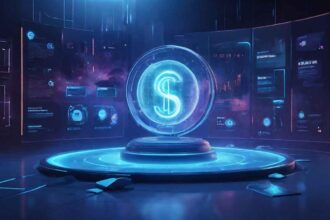Guide to protecting NFT investments uncovers safety measures for securing NFT assets. Safeguarding your digital assets is mandatory for investors who want to reap the full benefits of NFTs while still sidestepping the risks.
Protecting NFT investments involves preventing intellectual property rights violations, fraud, and cybersquatting by identifying suspicious activity using onchain analytics. Investors must implement the appropriate data analytics tool to get the most reliable insights. One such tool is UnleashNFTs, a revolutionary data analytics and forensics tool by bitsCrunch.
To achieve ideal NFT security, experts have discovered the role of statistics in providing reliable onchain forensics. This discovery has prompted the invention of various analytical tools for scoring the blockchain, analyzing patterns, identifying anomalies, and determining legitimate investments.
Previous crypto security articles on DroomDroom have discussed the role of due diligence in protecting digital asset investments. Security is such a sensitive topic and one that needs a lot of attention. Therefore, in the Guide to Protecting NFT Investments, we are also going to introduce an NFT forensics tool and discuss a relevant fake NFT lawsuit between Yuga Labs and Ryder Ripps.
A Background to NFT Security Tools
bitsCrunch, an onchain analytics and data forensics platform, and its NFT security flagship product, UnleashNFTs have worked extensively to provide access to reliable insights that ultimately result in better digital asset investment.
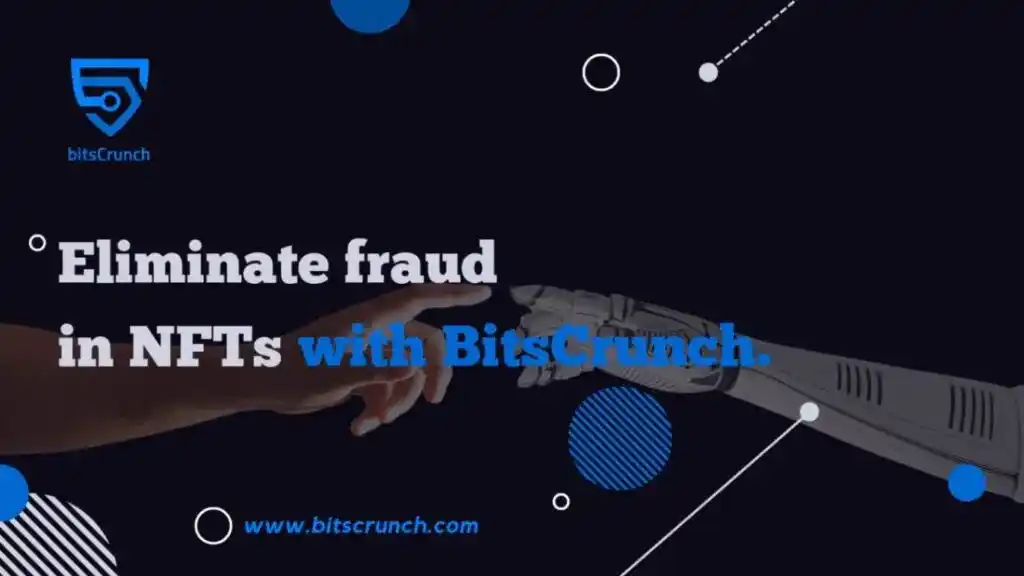
The analytics platform’s entry point to onchain data forensics was the NFT Investment space.
According to bitsCrunch CEO and founder Vijay Pravin, the team picked up NFTs while exploring a hackathon project. While the team did win the hackathon, they also found themselves at the crossroads of blockchain assets, data analytics, artificial intelligence, machine learning, and on-chain security.
Through UnleashNFTs, bitsCrunch is helping a generation of investors undertake data-driven investments, sufficient due diligence, and thorough research. This has rendered their investment more averse to insecurity, theft, copyright violation, and fraud.
According to bitsCrunch CEO Vijay Pravin, “the more we continue addressing challenges around security and risks, the greater that more people will trust and be confident with blockchain assets and marketplaces”
Security of NFT Investments
Non-fungible tokens are encrypted assets living on the blockchain. Despite their uniqueness, cryptographic encryption, and immutability, NFTs face several risks. In this guide to protecting NFT investments, we’ve stressed the need for a proactive approach when safeguarding your assets. This is because retrieving lost blockchain assets is nearly impossible.
In “Things Fall Apart’ by Chinua Achebe, Eneke the bird says he’s learned to fly without perching because men have learnt to shoot without missing. Hackers are devising new sophisticated methods to beat software logic and steal funds. These hackers and fraudsters will stop at nothing until they take your assets. In this situation, we call upon NFT holders and blockchain investors to safeguard their wallets, passwords, private keys, confidential private details, and login credentials.
DroomDroom prepared a guide for protecting your hot wallets from the danger of DeFI hackers.
Improved data accessibility is one of the ways that industry participants can combine efforts and tackle security challenges. Despite data transparency as a key feature of the blockchain, blockchain data accessibility has remained limited to an extent.
Blockchain data has to be available across marketplaces and investors.
However, 2-decades into the industry non-technical persons cannot yet access reliable blockchain insights. For this reason, even transparency does not help because end users cannot access the transparent data to make informed investment decisions.
bitsCrunch co-founder and one of Vijay’s partners, Saravanan Jaichandaran says “ By harnessing blockchain data, market participants have an idea of the actual market size, can make educated decisions, identify wash trading and even filter out pump/dump schemes”
Ajeet Khurana, a prominent name in the Web3 space and former CEO of Zebpay agreed with this notion while talking to DroomDroom. Ajeet said that although blockchain data is available to everyone, it still remains accessible to a few.
It turns out that the availability of raw on-chain data doesn’t automatically translate into the common person being able to make sense of that data, much less use it. That’s where I am extremely bullish about what bitsCrunch is doing. It is a game changer. It makes blockchain data do what it was meant to do. And with Vijay Pravin at its helm, I know he will pull off the bitsCrunch vision.
Ajeet Khurana
Risks Facing the Security of NFT Investments
Readers of our guide to protecting NFT investments should pay particular attention to the following list of the top security risks facing blockchain assets:
Wash Trading
Wash trading is the repetitive process of buying and selling an asset or a collection amongst a group of traders to create the impression of a large trading volume.
Perpetrators of wash trading engaged in the practice for several reasons:
- Superficially inflate trading volumes to give the impression of high demand and market activity.
- Fabricate a trading history of incremental prices, especially for highly illiquid assets.
- Generate commission fees.
- Fabricate an image of popularity to attract customers.
- Aiding money laundering
In the Non-Fungible Tokens Sector, wash trading happens in the same way. The goal is to fabricate an impression of large trading volume, high demand, and popularity, generating commission fees, and also aiding money laundering.
Money laundering via wash trading enables criminals to clean their dirty money. For example, a criminal will anonymously and repeatedly buy and sell an NFT between his wallets to pump demand and price. If an unsuspecting third party buys the NFT, the criminal earns multiple times from the illicit funds. Since the sudden rise of NFTs to popularity between 2020 and 2021, approximately $1.4 million worth of cryptocurrencies going into NFT marketplaces were from illicit addresses.
Phishing Attempts
A phishing attempt in the Non-Fungible Tokens space lures users into revealing their private keys and seed phrases through deceptive ads, landing pages, email, and social media channels.
Via email, phishing scammers may impersonate customer support of a legitimate platform like MetaMask. This fake customer support sends you a fake alert email threatening to suspend your account due to security issues.
The scammers ask you for certain private information to verify or restore your account. If you end up giving them this information, the scammers access your wallet and drain all the NFTs and assets. The increased popularity of Non-Fungible Tokens also led to an increase in phishing attempts between 2021 and 2022.
Generative AI has also given birth to another type of phishing scheme, vishing. This new type of phishing attack targets unsuspecting investors by posing as trusted associates and asking for sensitive data. In 2022, atleast 1 in every 3 U.S citizens lost money to a vishing or voice phishing attack.

Identity Fraud
For a phishing, sim swap, or vishing attack to go right, cybercriminals rely on identity fraud and impersonation to deceive users. A fraudster pretends to be a legitimate service and contacts unsuspecting users to request sensitive credentials. Later on, the fraudster goes on to utilize this information to their advantage when siphoning digital assets.
Rug Pull
A rug pull occurs when a group of criminals lure digital assets investors with the promise of high returns and protection. Once investors have pulled significant investments and put them into the campaign, the perpetrators disappear to leave investors with billions of worthless digital assets. Protecting NFT investments requires thorough due diligence, extensive research, and an understanding of the digital assets niche.
Rug pulls have grown common in the NFT sector. Some of the biggest NFT rug pulls in history include:
- Azuki – $1 billion was lost.
- Evolved Apes – $2.7 million stolen.
- Baller Ape Club – $2 million stolen.
- Frosties NFT – $1.3 million stolen.
- Fake Banksy – $336,000 stolen
- Iconics – $140,000 stolen.
Rug pulls are almost similar to pump and dump schemes. In pump and dump, a team of criminals pump a given asset to exaggerate trading volumes, fabricate high demand, and manipulate the price into pumping. When the price is high, the criminals liquidate their positions by selling all their assets.
Copycats
Intellectual property theft has become common in the NFT sector. This theft is characterized by the creation of either similar, exact matches or somewhat similar NFTs by replicating popular and successful tokens. In some instances, criminals may mint fake NFTs replicating a successful brand or posing like one.
A perfect example is someone posing as a celebrity on Opensea and selling a fake NFT based on that fake profile. This creates an illusion of popularity and deceives unsuspecting buyers into investing in fake Non-Fungible Tokens.
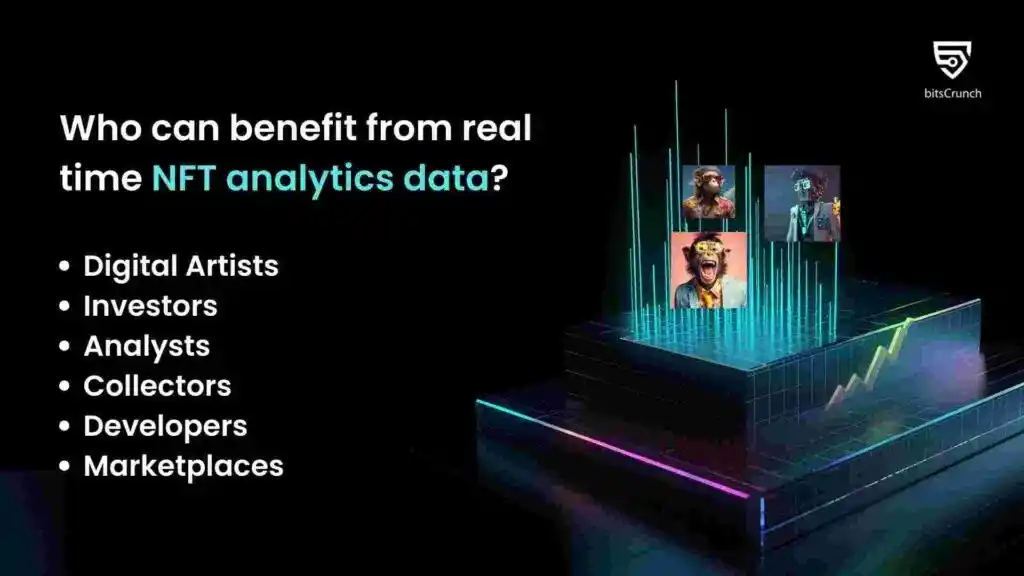
Yuga Labs Against Ripps and Cahen – $1.5 Million in Damages NFT Intellectual Property Violations
Last year, Bored Ape Yatch Club by Yuga Labs filed a lawsuit against conceptual artist Ryder Ripps and his business partner, Jeremy Cahen.
Yuga Labs, who reported Ripps and Chen for profiting millions of dollars by copying Bored Ape NFTs, is entitled to $1.5 million in damages, ruled a district court judge in April 2023.
In response, Ripps and Cahen defended themselves by stating the works described by Yuga Labs were an appropriation of art that aimed to ridicule Yuga Lab’s alleged racist and anti-Semitic imagery of the Bored Ape NFTs.
As per John Walter’s ruling, the copies by Ripps would likely confuse potential Bored Ape NFTs customers. Hence entitling Yuga Labs to the entire $1.3 million in profits that Ripps and Cahen made.
This scenario demonstrates some of the issues facing the NFT market and how regulations are slowly growing in favor of creators. While not everything in the NFTs sector sits well with regulation enforcements, this particular Yuga Labs win was one for the books.

However, take a moment to imagine the damage that Ryder Ripps did or would have done to an investor who bought into what many came to conclude as the ‘Ripps Ripoff’.
Conclusion of a Guide to Protecting NFT Investments
To be a good investor, the guide to protecting NFT investments has insisted on research and due diligence. We cannot underestimate the role of data when conducting sound research and due diligence c
For example, due diligence for NFTs involves researching the market, evaluating trends, analyzing smart contracts, diversifying your portfolio, verifying the legitimacy of creators, and auditing historical price data. All the mentioned steps are compulsory and impossible to forgo when protecting NFT investments.
A good way to score on-chain data for all these metrics requires a set of specialized tools, advanced algorithms, cutting-edge AI/ML technology, a vast database of reliable insights, and data visualization tools to aid thorough due diligence.
UnleashNFTs has emerged as a revolutionary data analysis tool for the NFT market. Apart from providing reliable on-chain analytics, UnleashNFTs has improved data accessibility and positioned itself as the North Star of Non-Fungible Token Investment Forensics.

















